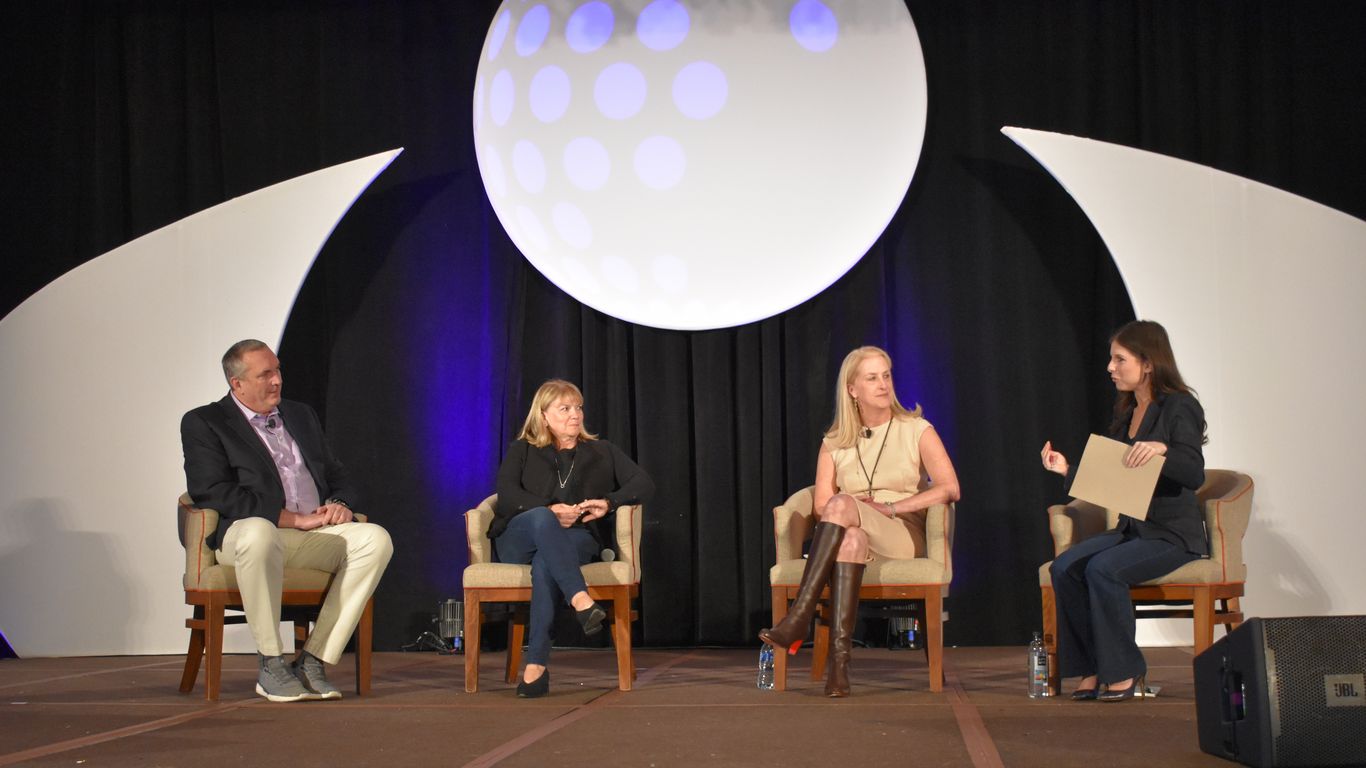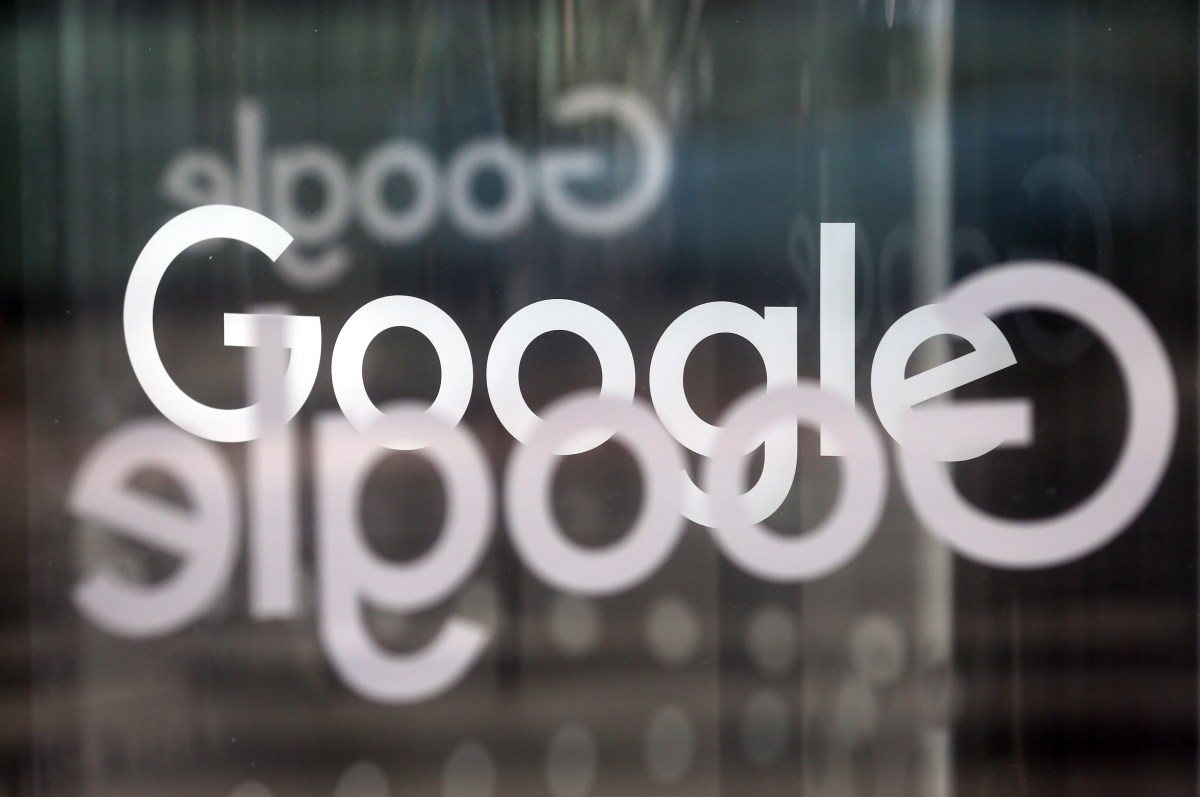- Digital Media Products, Strategy and Innovation by Kevin Anderson
- Posts
- Schibsted uses AI experiment to save its journalists 3000 hours of effort
Schibsted uses AI experiment to save its journalists 3000 hours of effort
Journalism.co.uk offers ideas on how publishers can 'gain, train and retain' talent
Building loyal users is key to success in crowded digital media marketplaces, and that is as true in India (and for Indian diaspora audiences) as it is in western Europe or the US. The Quint, which was launched by the former owners of India's Network 18, has shifted its focus from growing a large audience to building loyalty in its audience. Currently, it counts 12% of its audience as loyal, returning users and subscribers. From a content strategy, they focus on successful Indians regardless of geography and have found that opinions, explainers and videos have played a key role in building their loyal audience.
The piece left me with a few questions. How do they monetise their loyal audience who aren't subscribers? What are the key KPIs that they are using to measure and grow loyalty?
The innovative Scandinavian media company ran a number of experiments. As I have said before, simply focusing on ChatGPT and getting upset about whether it will put journalists out of jobs is the wrong place to focus. They used the service for things like transcription. They quickly built a tool to do that and saved their journalists 3,000 hours of effort. Excellent.
Reader revenue technology is changing so quickly that Katy Murray, president and chief financial officer of The Dallas Morning News, said that is difficult to keep up. I am with Seth Harris, CNBC’s vice president of direct-to-consumer strategy and operations, that one way to de-risk innovation is to try small, inexpensive experiments. Other insights including making sure that you track the metrics that are most closely tied to outcomes, and as the State of the Digital Publishing Market report that we put out at Pugpig found, diversified revenue streams are key to media companies (small or not).
And in our report, attracting and retaining talent was one of the major challenges publishers said they faced. Here are some ideas on how to meet that challenge.
Gannett's CEO said they would focus on their top 100 newspapers, which generate more than 90% of the company's revenue. They currently own 261 newspapers so its clear that they will either close or sell many of their papers.
This piece is challenging, and I can envision an effort for public radio to fill the gaps that are growing in local news coverage. But the question will be whether they can compete for the funding needed or whether that money will go to (and is better spent) on local digital operations. Or should this be an either/or question? Could local public radio stations become umbrella organisations for hosting local digital outlets that feed on-air content?
Platform News: Google faces antitrust scrutiny in Spain and Twitter will promote paying users' tweets
Spanish regulators are following the lead of regulators in several other countries as they look into whether Google should licence the local news content that it features.
Another day and another new business effort at Twitter. Musk's Twitter shows once again how little it understands about the platform business. Their newest proposal will completely break the Twitter experience.
And this is why the world is starting to turn against social media, as The Guardian puts it. It's ceasing to be social. There is more room for new platforms with new models. The incumbents are teetering and more vulnerable than at any time since the dawn of Twitter and Facebook.








